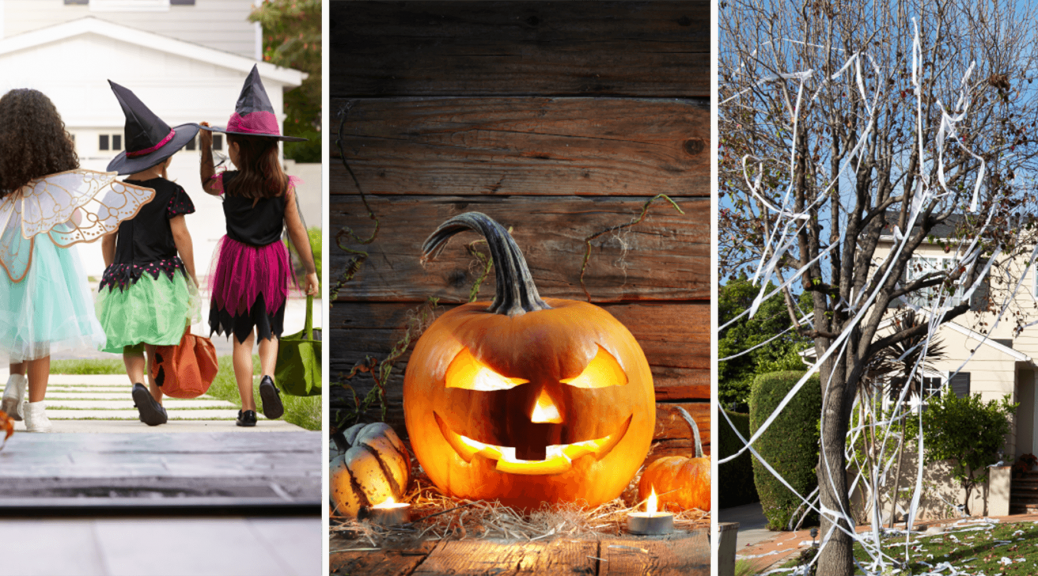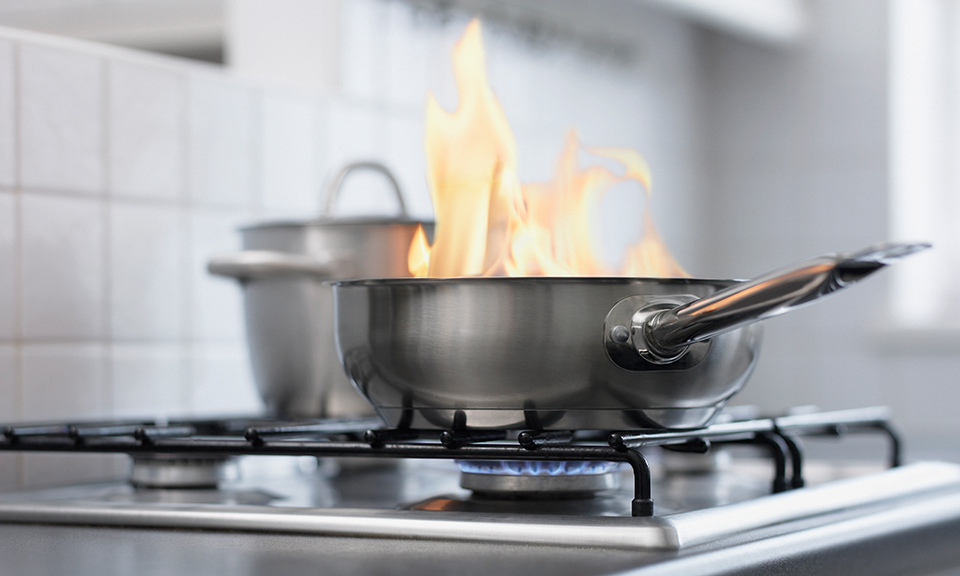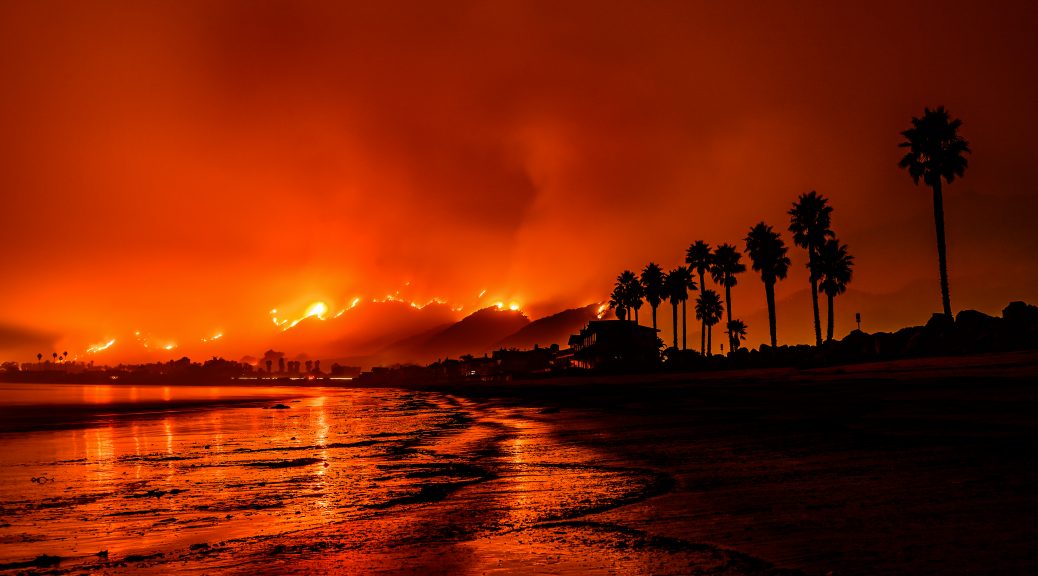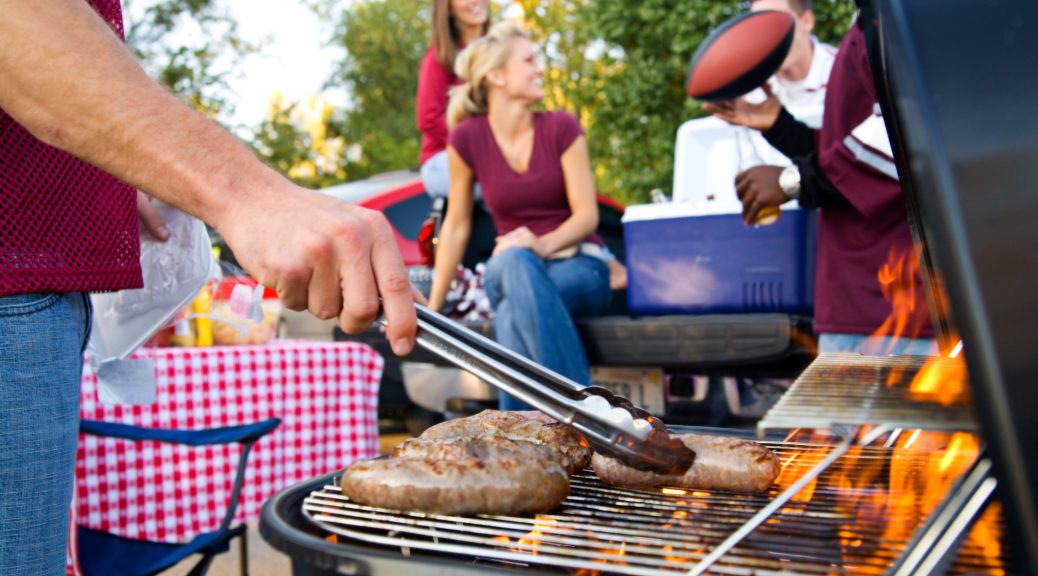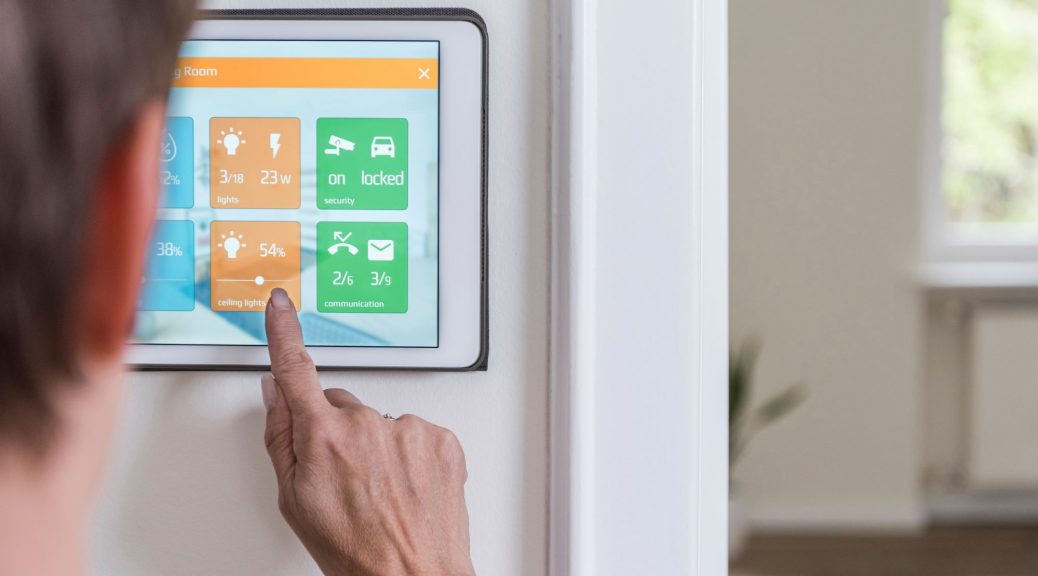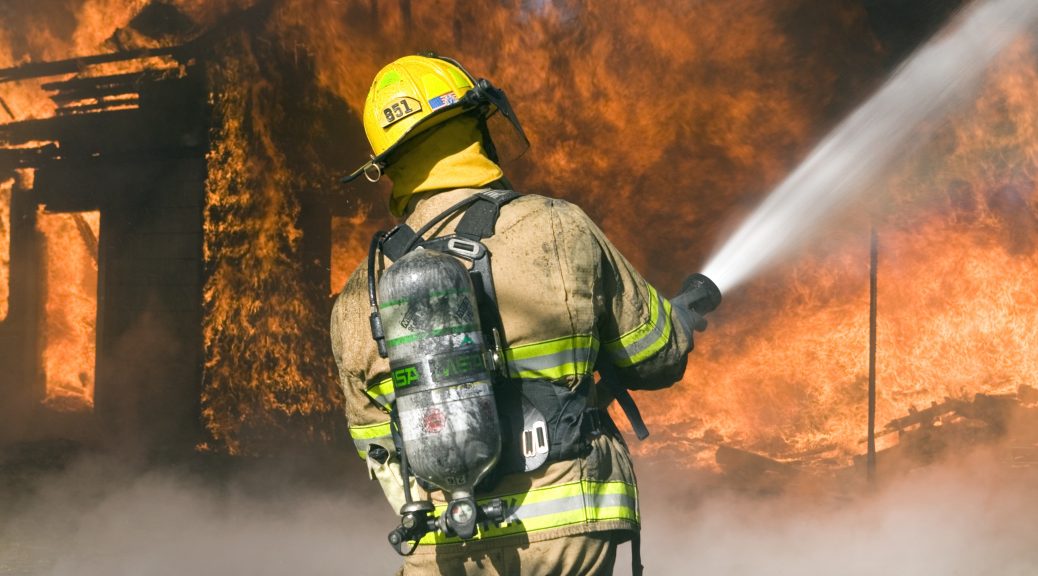During an emergency, there may be little or no time to think about what you need to do. This checklist is designed to help you prepare and respond quickly. You might want to post it where everyone in your household can see it, such as on the refrigerator or by the door. Or for easy access, simply take a picture of it with your cell phone.
Before You Evacuate
If time allows, here’s what you can do to help firefighters protect your property.
- Turn on all the lights both inside and outside your home to make it more visible in smoky conditions.
- Close all windows, doors, vents and fireplace screens to reduce drafts and radiant heat in your home.
- Disconnect your automatic garage door opener so the garage can be opened by hand if power is lost.
- Remove flammable curtains and other window treatments.
- Move indoor and outdoor flammable furniture to the center of your home away from any windows.
- Remove pillows, cushions and umbrellas from outdoor furniture.
- Turn off the natural gas from the source, as well as pilot lights and air conditioning.
- Move any propane or fuel oil supplies away from your home.
- Connect the garden hose and fill any large containers with water.
- Turn off the sprinklers and don’t leave water sources running as they might affect much-needed water pressure for fighting the fire.
When You Evacuate
Heed the advice of local authorities and leave when an evacuation order is first enacted.
- Roll up the windows in your vehicle and close the air vents to minimize any harm from the smoke.
- Drive slowly with your headlights on to improve visibility.
- Call 9-1-1 if you’re trapped.
- Use N95 masks, if you have them, to avoid breathing harmful particles.
- Listen to NOAA Weather Radio, the Emergency Alert System (EAS) or other local alert systems for instructions and emergency information.
What to Take
Gather these items ahead of time and put them in a place where you can grab them at a moment’s notice. And keep your pets nearby so you can find them quickly.
- Important documents, such as birth certificates, passports and legal papers
- Medications, prescriptions and medical equipment
- Irreplaceable and nostalgic items, such as photographs, mementos and jewelry
- Hard drives, laptops, portable flash drives with important information, and phone chargers
- Car keys, wallet, driver’s license, credit cards and cash
- Pets
When You Return
To avoid potential hazards, don’t return to your home until fire officials have given you the okay – most likely through a formal notification. Above all, only return when it is safe to do so.
- Stay away from damaged or fallen power lines, poles and wires.
- Check propane tanks, regulators, and lines before turning the gas on. Have them inspected if necessary.
- Examine the roof and exterior areas, as well as the attic and interior of the house, for sparks, embers or smoldering fires.
- Beware of hidden embers. Keep small children and pets close by.
- Find out if the water is safe to drink.
- Dispose of any food that’s been exposed to heat or smoke.
- Properly dispose of any paint, batteries, and damaged fuel containers.
- Contact your insurance agent if your home is damaged or uninhabitable.
Download this infographic and share it with all those who may be affected by wildfires this year.
CS_R_20043_WildfireEvacuationTips_Infographic_V3-1
For Information only. Not applicable to all situations.
Sources:
- Emergency Evacuation Checklist, Rivington Partners
